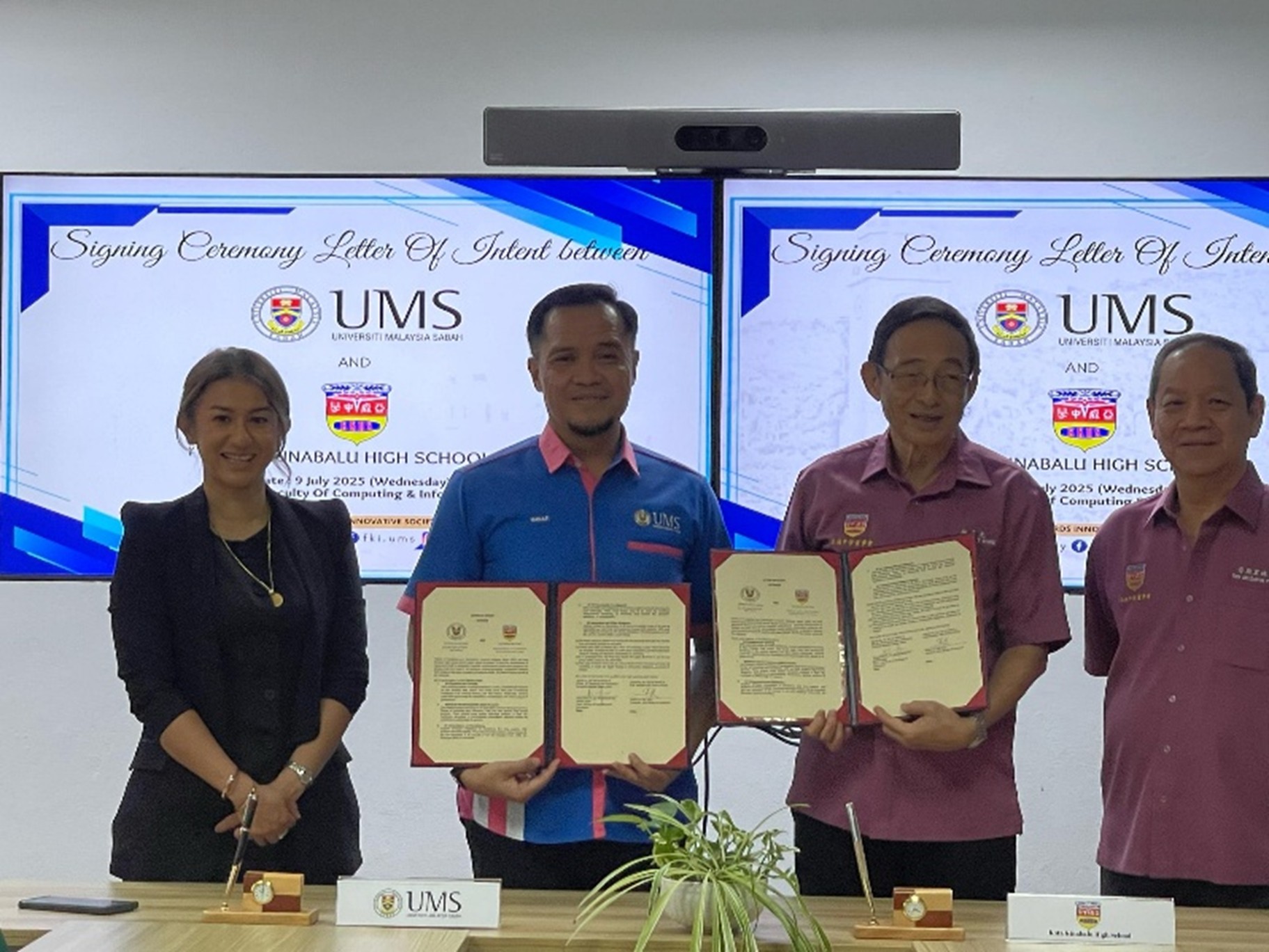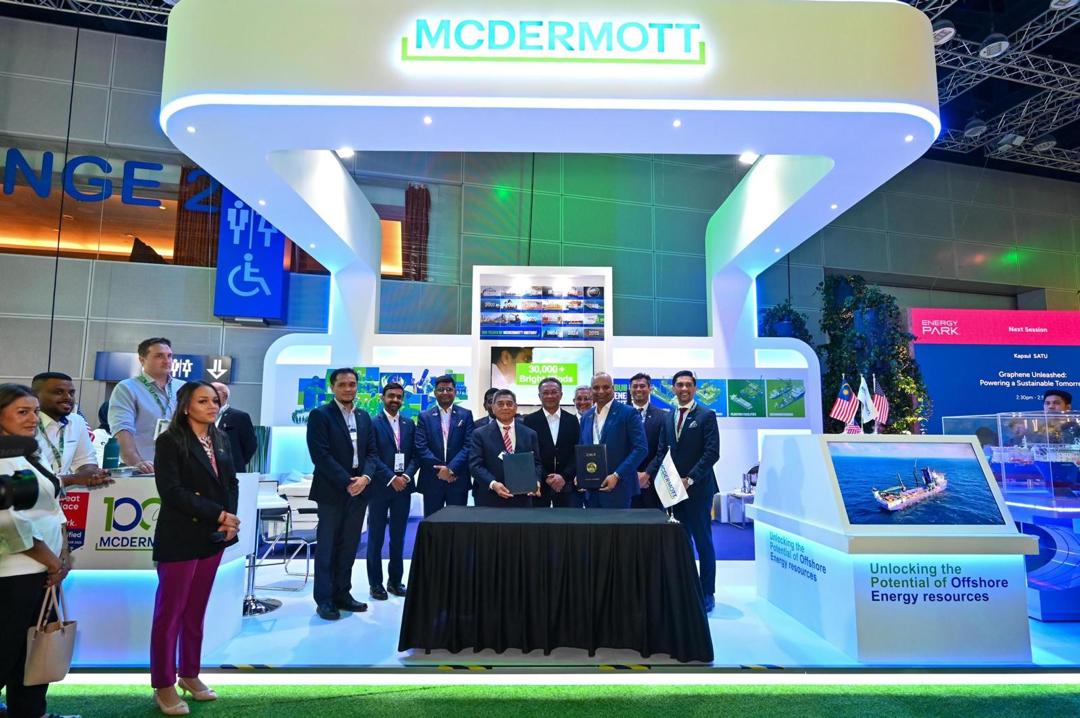 Universiti Malaysia Sabah (UMS), through law lecturer from the Faculty of Social Sciences and Humanities, Marja Azlima Omar, has outlined the importance of two key legal principles, ‘in loco parentis’ and strict liability, which can be applied in addressing school bullying cases.
Universiti Malaysia Sabah (UMS), through law lecturer from the Faculty of Social Sciences and Humanities, Marja Azlima Omar, has outlined the importance of two key legal principles, ‘in loco parentis’ and strict liability, which can be applied in addressing school bullying cases.
The principle of ‘in loco parentis’, derived from Latin meaning “in the place of a parent”, places a legal duty on teachers and schools to act in the best interests of students, particularly in matters of safety and supervision.
“Over the years, numerous court cases have reinforced this principle. In the context of school bullying, this duty involves ensuring a safe environment and taking proactive measures to prevent harm, injury, or tragedy,” Marja explained.
According to her, under the law of tort, a breach of the duty of care amounts to negligence. However, for cases where bullying is recurrent or known to occur frequently in certain schools, the concept of strict liability may also be considered.
Strict liability holds a party responsible for harm without the need to prove negligence or fault. In the education context, this means that if bullying is proven to be widespread, the school can be held liable even if reasonable preventive measures were taken.
“In simple terms, once bullying is proven to have occurred within the school environment, the law can place responsibility on the institution. This shifts the focus from solely blaming the perpetrator to also evaluating the protection systems and safety measures in place,” she added.
Marja further stressed that this approach is consistent with Article 19 of the United Nations Convention on the Rights of the Child (CRC), which Malaysia has ratified.
“This article obliges governments to take legislative, administrative, social, and educational measures to protect children from all forms of physical or mental violence, injury, abuse, neglect, or exploitation.
“This international commitment further strengthens the obligation of schools to act proactively in ensuring the safety of children under their care,” she said.
She emphasised that the intention of this explanation is not to accuse or blame any particular school, but to raise public awareness of the existing legal and rights-based frameworks in place to protect students.
“Bullying should never be tolerated or accepted as tradition. When the law recognises the duty of care, concepts such as strict liability, and obligations under Article 19, it equips society with the means to ensure that schools remain safe spaces for all students,” she concluded.



 Universiti Malaysia Sabah (UMS), through its Faculty of Computing and Informatics (FKI), has signed a Letter of Intent (LoI) with Kota Kinabalu High School (KKHS) recently to establish a strategic partnership focused on advancing digital and Artificial Intelligence (AI) education and promoting Sustainability Technology.
Universiti Malaysia Sabah (UMS), through its Faculty of Computing and Informatics (FKI), has signed a Letter of Intent (LoI) with Kota Kinabalu High School (KKHS) recently to establish a strategic partnership focused on advancing digital and Artificial Intelligence (AI) education and promoting Sustainability Technology. McDermott and Universiti Malaysia Sabah (UMS) jointly announce the signing of a Letter of Intent (LOI) to collaborate on academic and industrial initiatives focused on building local talent and strengthening regional capacity in Sabah, a key energy hub for Malaysia.
McDermott and Universiti Malaysia Sabah (UMS) jointly announce the signing of a Letter of Intent (LOI) to collaborate on academic and industrial initiatives focused on building local talent and strengthening regional capacity in Sabah, a key energy hub for Malaysia. Universiti Malaysia Sabah (UMS), through its Borneo Marine Research Institute (BMRI), in collaboration with the Ministry of Natural Resources and Environmental Sustainability (NRES), the French Embassy in Malaysia, and eight secondary schools across Sabah, successfully organized a beach clean-up event to promote environmental awareness and sustainable coastal management.
Universiti Malaysia Sabah (UMS), through its Borneo Marine Research Institute (BMRI), in collaboration with the Ministry of Natural Resources and Environmental Sustainability (NRES), the French Embassy in Malaysia, and eight secondary schools across Sabah, successfully organized a beach clean-up event to promote environmental awareness and sustainable coastal management. TASHKENT - Universiti Malaysia Sabah (UMS) is expanding its international partnerships following a successful academic visit to the Tashkent State University of Oriental Studies (TSUOS) in Uzbekistan, led by UMS Vice-Chancellor, Professor Datuk Dr. Kasim Hj. Mansor.
TASHKENT - Universiti Malaysia Sabah (UMS) is expanding its international partnerships following a successful academic visit to the Tashkent State University of Oriental Studies (TSUOS) in Uzbekistan, led by UMS Vice-Chancellor, Professor Datuk Dr. Kasim Hj. Mansor.